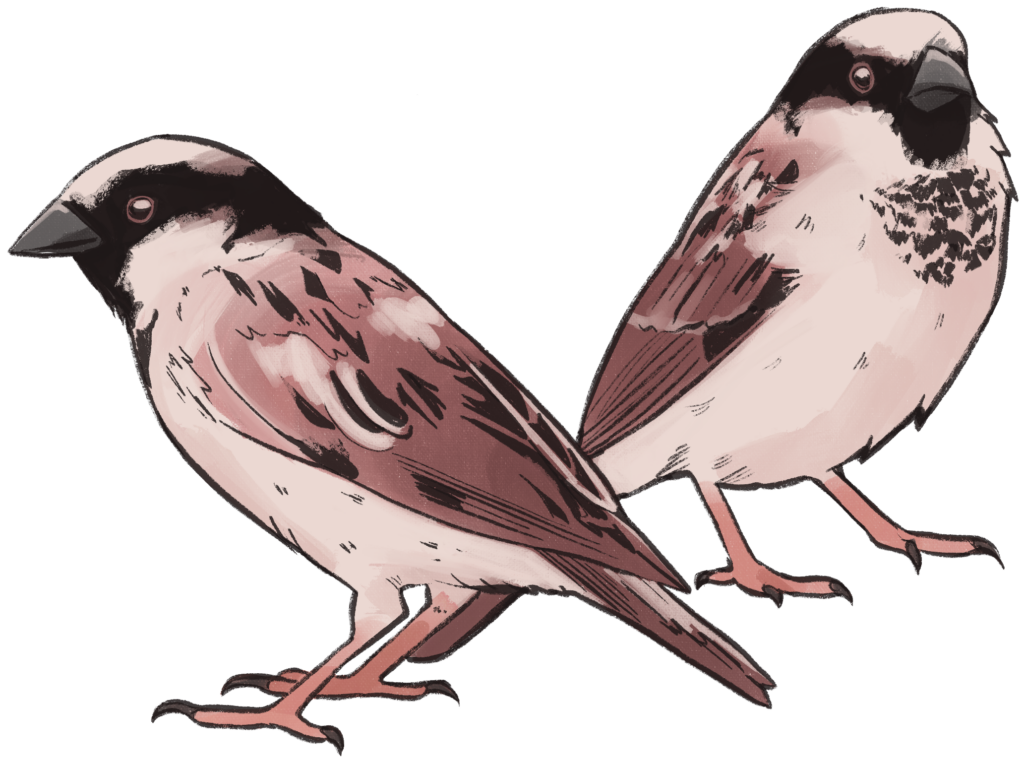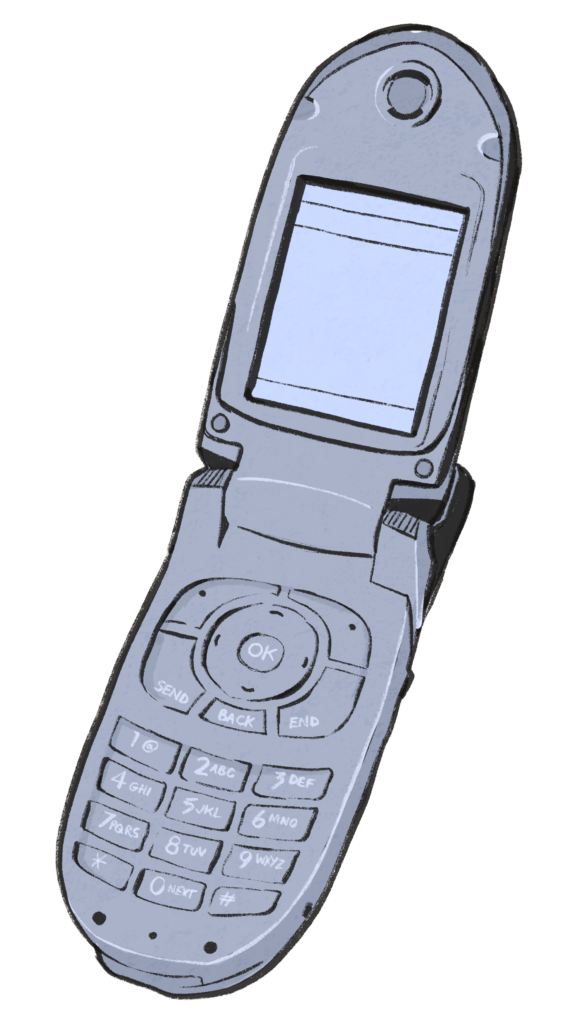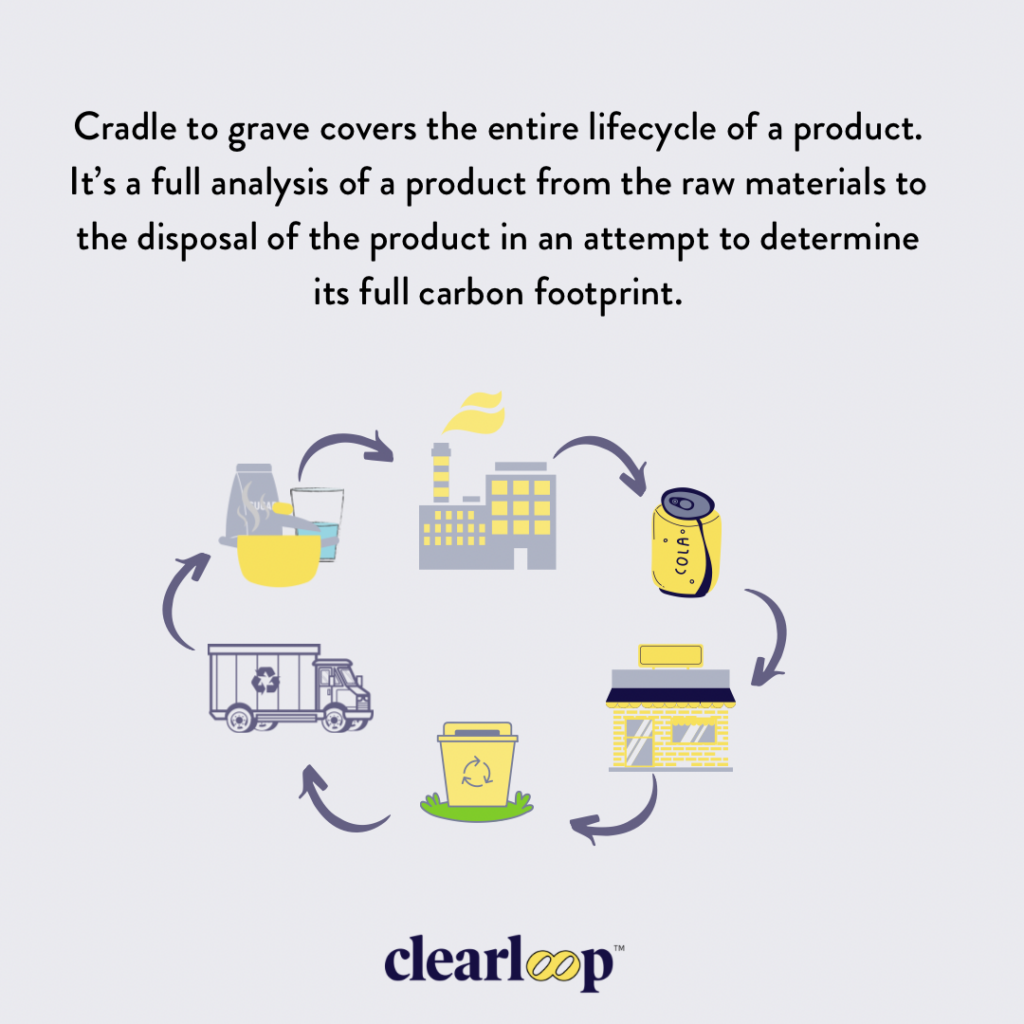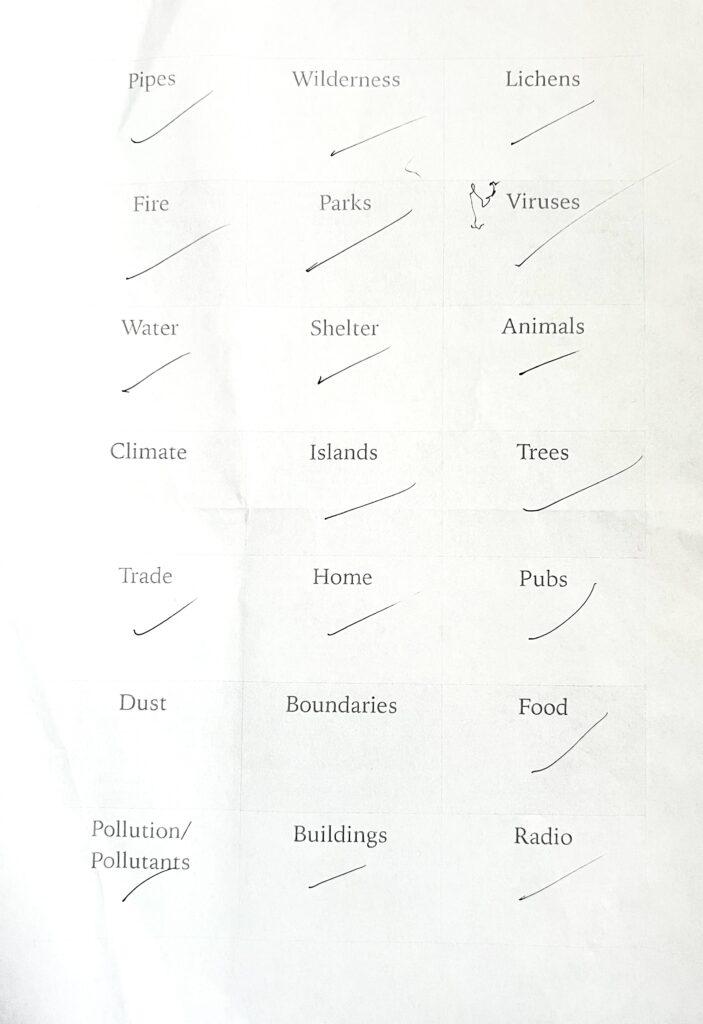This week, we explored the theme of “circularity” & conducted a debate with the motion: “This house (i.e we) would enforce a circular economy”. I was put on the side of against, which is quite difficult to find evidence to combat this motion, however there are a few examples of different ways we can tackle negative environmental impact.
Recycling has been around for centuries & it’s helped the planet exponentially – The University of Colorado estimates that recycling between 2020 & 2050 will reduce emissions by 5.5 to 6 gigatons of carbon dioxide (equivalent to taking one billion cars off the road a year). It’s clear to see that it’s very beneficial to the planet, however there are some drawbacks to enforcing a circular economy.
Transition costs are a big worry for most companies, both big & small – smaller companies simply cannot absorb the costs. A 2020 study by the European Commission found that a transition to a circular economy can cost the EU up to 1.8 trillion euros – new processes, technology & infrastructure required for sustainable systems don’t seem necessary for the majority of big, profit-driven companies. As well as this, in regions where environmental regulations are non-existent, companies have less incentive to enforce these systems – regulations vary throughout the world, so it’s quite difficult to enforce this idealogy of circulation on the entire planet.
Relying on a circular economy also requires this trust within the consumer that they would repeatedly buy these sustainable products & use them appropriately. We will have to assume that they will adapt to these new systems,
 meanwhile a large majority of people prioritize convenience & cost over sustainability. This is evidenced by a 2021 study conducted by Deloitte: only 57% of people would change their purchasing habits, however 64% said that price & convenience were the most important factors when buying a product. In 2023, 62% of people stated that sustainable products were too expensive. In general, cost is a big issue when converting to a circular economy.
meanwhile a large majority of people prioritize convenience & cost over sustainability. This is evidenced by a 2021 study conducted by Deloitte: only 57% of people would change their purchasing habits, however 64% said that price & convenience were the most important factors when buying a product. In 2023, 62% of people stated that sustainable products were too expensive. In general, cost is a big issue when converting to a circular economy.
Reducing single use products & reducing consumption seems to be a better solution for the environment rather than enforcing this economy. In 2018, The World Resources Institute found that reducing waste at the source can be 3-5 times more effective in lowering greenhouse gas emissions compared to recycling. In conclusion, I believe that a circular economy is really beneficial & it has worked for years now, so I am convinced that a circular economy is a good idea. However, there are a lot of issues with people adapting to it & I feel that there is a bigger conversation to be had. Single use products are more & more popular these days, especially with products such as vapes where I can see them litter every street I walk on, so I feel that if we reduced those types of products first, it would be a great step in the right direction.
(Pictured right) Sketch of plastic bottles (2024), Natalie Foster.
___
Robinson, C. and Huun, K. (2023). The impact of recycling on climate change. [online] Environmental Center. Available at: https://www.colorado.edu/ecenter/2023/12/15/impact-recycling-climate-change.
Europa.eu. (2021). Inforegio – Cohesion policy powers EU circular economy shift. [online] Available at: https://ec.europa.eu/regional_policy/whats-new/panorama/2024/03/20-03-2024-cohesion-policy-powers-eu-circular-economy-shift_en [Accessed 2 Nov. 2024].
Deloitte (2023). Sustainability survey | Deloitte Ireland. [online] www.deloitte.com. Available at: https://www.deloitte.com/ie/en/about/press-room/sustainability-consumers-climate.html.
Ranganathan, J., Waite, R., Searchinger, T. and Hanson, C. (2018). How to Sustainably Feed 10 Billion People by 2050, in 21 Charts. World Resources Institute. [online] Available at: https://www.wri.org/insights/how-sustainably-feed-10-billion-people-2050-21-charts.


 role in the environmental movement by showcasing the connection between pollution & species endangerment – this led to policy changes & the banning of DDT. She argued that the public was unaware of these dangers as chemical companies suppressed information & promoted the benefits of pesticides. Carson’s work remains crucial for understanding the long-term ecological impacts of human pollution & acts as a warning about the consequences of technological advancement.
role in the environmental movement by showcasing the connection between pollution & species endangerment – this led to policy changes & the banning of DDT. She argued that the public was unaware of these dangers as chemical companies suppressed information & promoted the benefits of pesticides. Carson’s work remains crucial for understanding the long-term ecological impacts of human pollution & acts as a warning about the consequences of technological advancement. highlights that “over half of all amphibian species are now endangered”. The book states that since industrialization, the fragility of ecosystems has been exposed massively, that even “the populations of large carnivores have descreased by over 95% since industrialization”. Meyer argues that while efforts to conserve wildlife are essential, they are unlikely to reverse the damage already inflicted by humanity’s impact. Through detailed case studies, Meyer demonstrates the harsh reality that is wildlife endangerment. He urges that adopting sustainable practices in environmental design will halt the speed of these threats against biodiversity.
highlights that “over half of all amphibian species are now endangered”. The book states that since industrialization, the fragility of ecosystems has been exposed massively, that even “the populations of large carnivores have descreased by over 95% since industrialization”. Meyer argues that while efforts to conserve wildlife are essential, they are unlikely to reverse the damage already inflicted by humanity’s impact. Through detailed case studies, Meyer demonstrates the harsh reality that is wildlife endangerment. He urges that adopting sustainable practices in environmental design will halt the speed of these threats against biodiversity. One of the main case studies brought up is the mobile phone – Hill uses this to demonstrate the hidden environmental costs of technology. She examines the entire life cycle of the phone (extraction of minerals to energy process & the waste generated when phones are discarded). The quote “The sheer complexity of mobile phones, with their mix of metals, plastics, and toxic chemicals, makes recycling a daunting task. While recycling programs exist, they often fail to recover all valuable materials, and many phones simply end up forgotten in drawers.” showcases the fact that phones & technology in general are so complex with their mixtures of materials that many people simply just bin them, adding to environmental waste. This supports the argument that there is a massive lack in infrastructure to deal with growing e-waste & there is virtually no guide on how to recycle technology properly.
One of the main case studies brought up is the mobile phone – Hill uses this to demonstrate the hidden environmental costs of technology. She examines the entire life cycle of the phone (extraction of minerals to energy process & the waste generated when phones are discarded). The quote “The sheer complexity of mobile phones, with their mix of metals, plastics, and toxic chemicals, makes recycling a daunting task. While recycling programs exist, they often fail to recover all valuable materials, and many phones simply end up forgotten in drawers.” showcases the fact that phones & technology in general are so complex with their mixtures of materials that many people simply just bin them, adding to environmental waste. This supports the argument that there is a massive lack in infrastructure to deal with growing e-waste & there is virtually no guide on how to recycle technology properly.
 Supported by William McDonough in the text ‘Cradle to Cradle’, Hill advocates for moving from a linear model (produce > consume > dispose) to a circular economy, where materials are continuously reused & recycled. This shift would reduce both waste & extraction of finite resources. She points out that the Netherlands is one of the most prolific countries in leading a transition toward a circular economy – creating a plan to reduce the use of primary raw materials by 50% by 2030.
Supported by William McDonough in the text ‘Cradle to Cradle’, Hill advocates for moving from a linear model (produce > consume > dispose) to a circular economy, where materials are continuously reused & recycled. This shift would reduce both waste & extraction of finite resources. She points out that the Netherlands is one of the most prolific countries in leading a transition toward a circular economy – creating a plan to reduce the use of primary raw materials by 50% by 2030.
 2021 study. Turning to digital media when traditional media has always been harmful – using toxic art materials such as oils, acrylics & resins may be doing the same amount of harm if not more. I think that because designers aren’t truly seeing the impact they’re making on the Earth, they aren’t prepared to accept responsiblity in these situations. Many designers shift their responsibility to manufacturers for environmental issues, blaming corporations & consumer demand – in a more profit-driven industry, it makes sense why these sustainable materials aren’t being introduced, more sustainable materials = higher cost = less profit.
2021 study. Turning to digital media when traditional media has always been harmful – using toxic art materials such as oils, acrylics & resins may be doing the same amount of harm if not more. I think that because designers aren’t truly seeing the impact they’re making on the Earth, they aren’t prepared to accept responsiblity in these situations. Many designers shift their responsibility to manufacturers for environmental issues, blaming corporations & consumer demand – in a more profit-driven industry, it makes sense why these sustainable materials aren’t being introduced, more sustainable materials = higher cost = less profit. distribution, consumption & disposal. It argues that this system is very unsustainable & asks for a more sustainable way of living – emphasizing reduce, reuse & recycling. I think that a more circular system, as seen in Cradle-to-Cradle, is a much more beneficial cycle compared to a linear process – we will be the ones living in the future we have created, so we need to fully think about the present & how we design things.
distribution, consumption & disposal. It argues that this system is very unsustainable & asks for a more sustainable way of living – emphasizing reduce, reuse & recycling. I think that a more circular system, as seen in Cradle-to-Cradle, is a much more beneficial cycle compared to a linear process – we will be the ones living in the future we have created, so we need to fully think about the present & how we design things.

 to nature. The biophilia hypothesis, introduced by Edward O. Wilson in 1984, proposes that humans have an inherent tendency to seek connections with the natural world. Our evolutionary history has ingrained within us a deep emotional bond with landscapes, animals, and natural settings, & I find this concept particularly resonant with the way I interpret and reflect on design & the environment. It is speculated that the divergence between nature & humans began when technological developments became more prevalent in the 19th/20th century. Enclosed/sterile spaces, cars & workplaces are where most people spent their time, sheltered away from the elements of nature.
to nature. The biophilia hypothesis, introduced by Edward O. Wilson in 1984, proposes that humans have an inherent tendency to seek connections with the natural world. Our evolutionary history has ingrained within us a deep emotional bond with landscapes, animals, and natural settings, & I find this concept particularly resonant with the way I interpret and reflect on design & the environment. It is speculated that the divergence between nature & humans began when technological developments became more prevalent in the 19th/20th century. Enclosed/sterile spaces, cars & workplaces are where most people spent their time, sheltered away from the elements of nature.